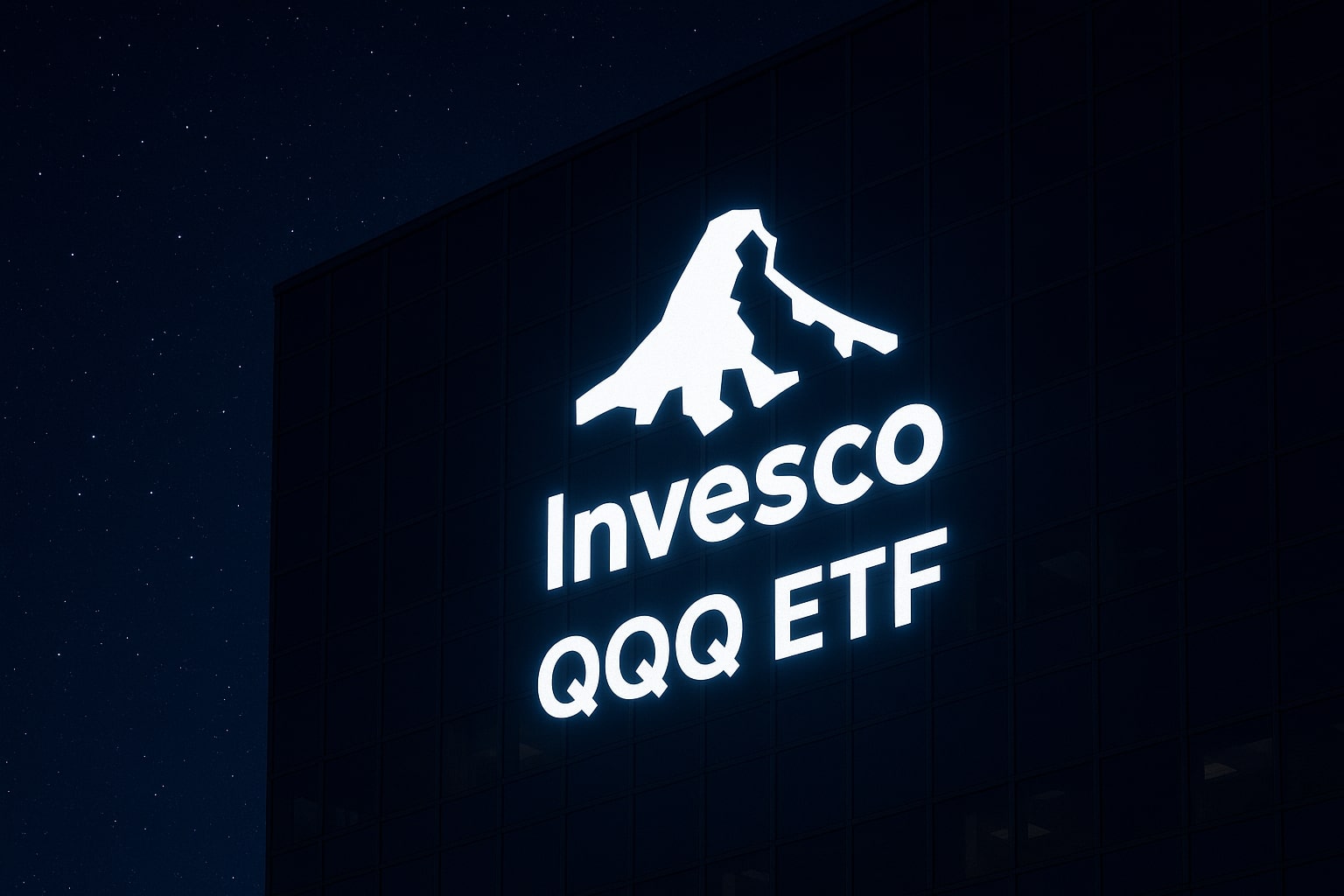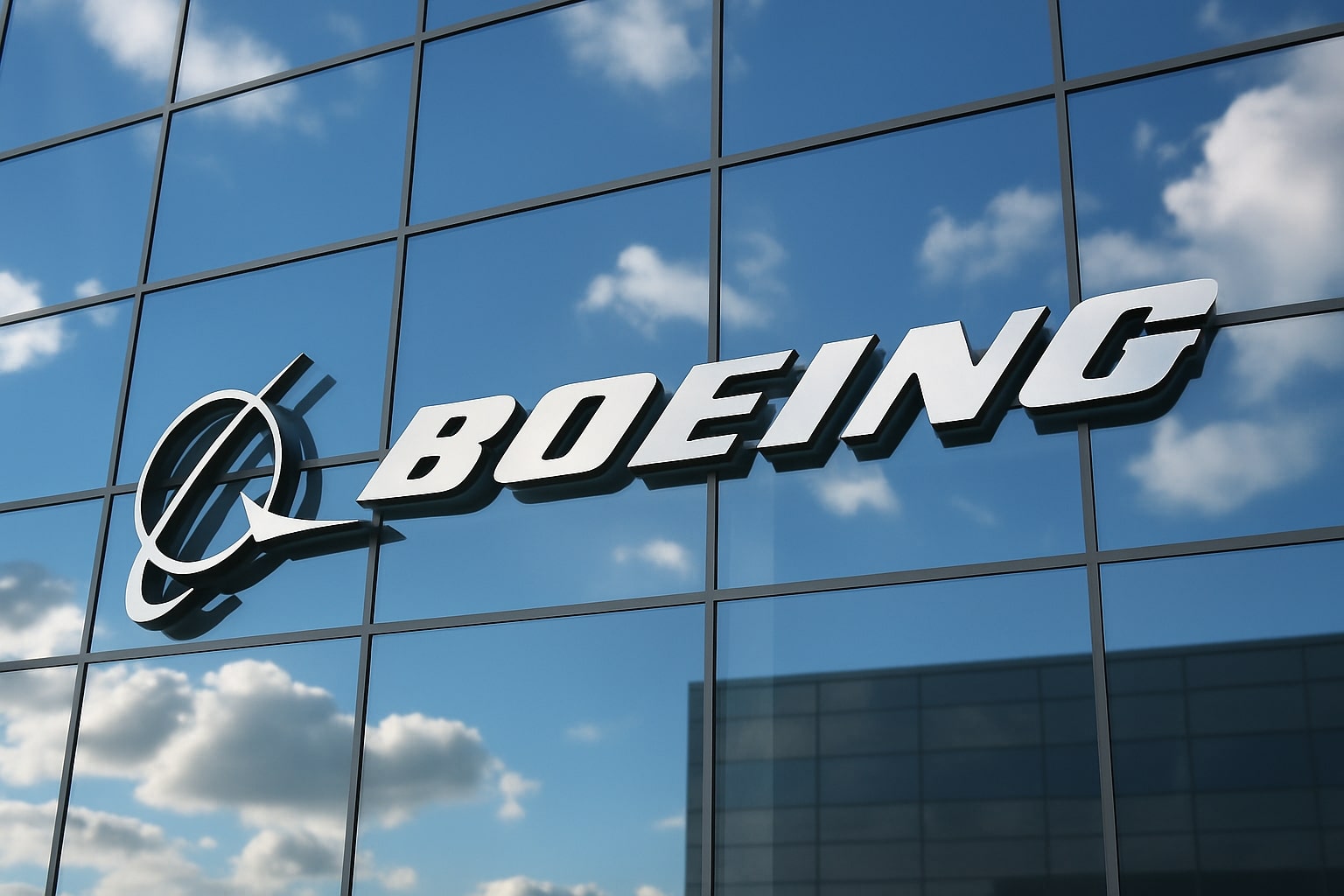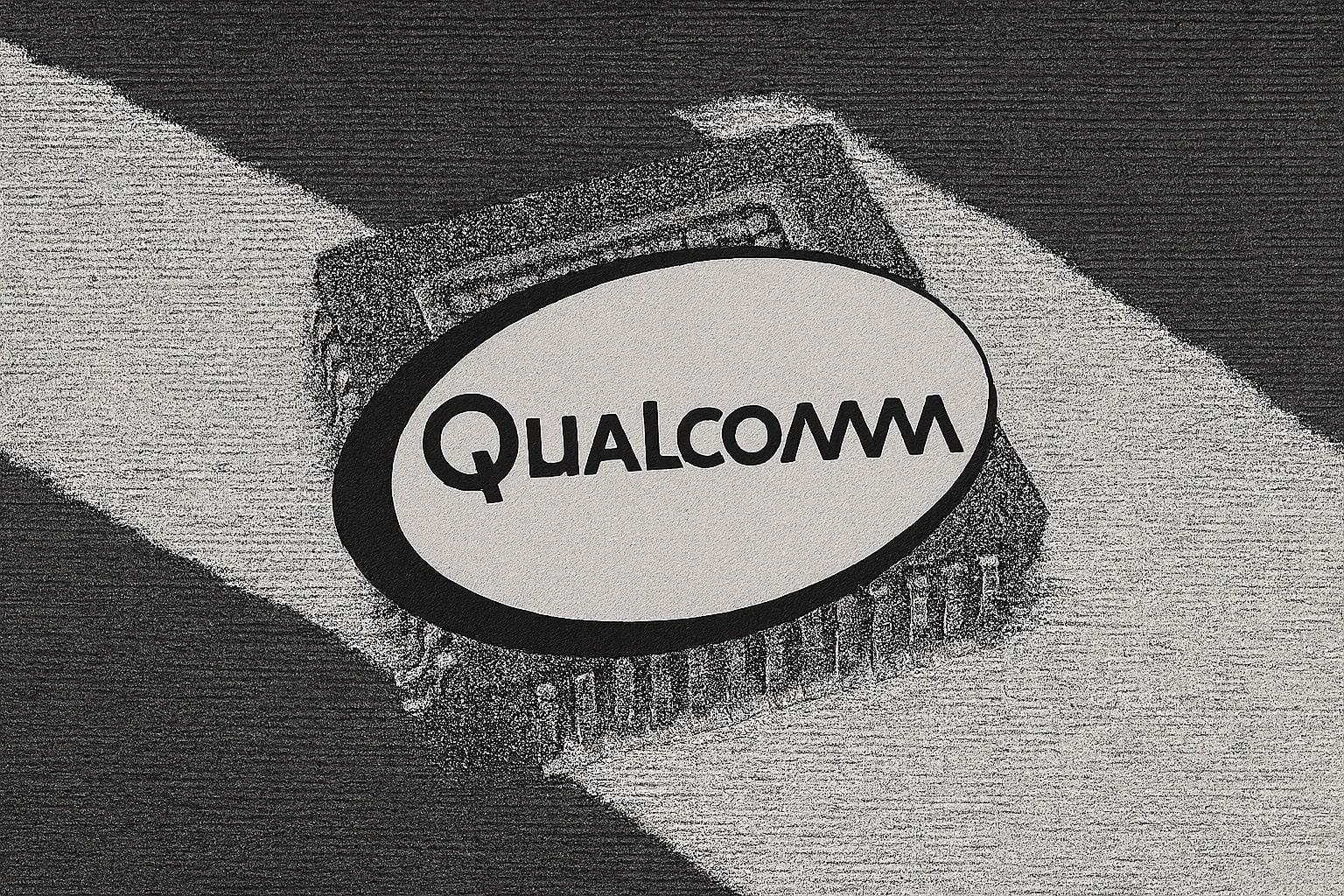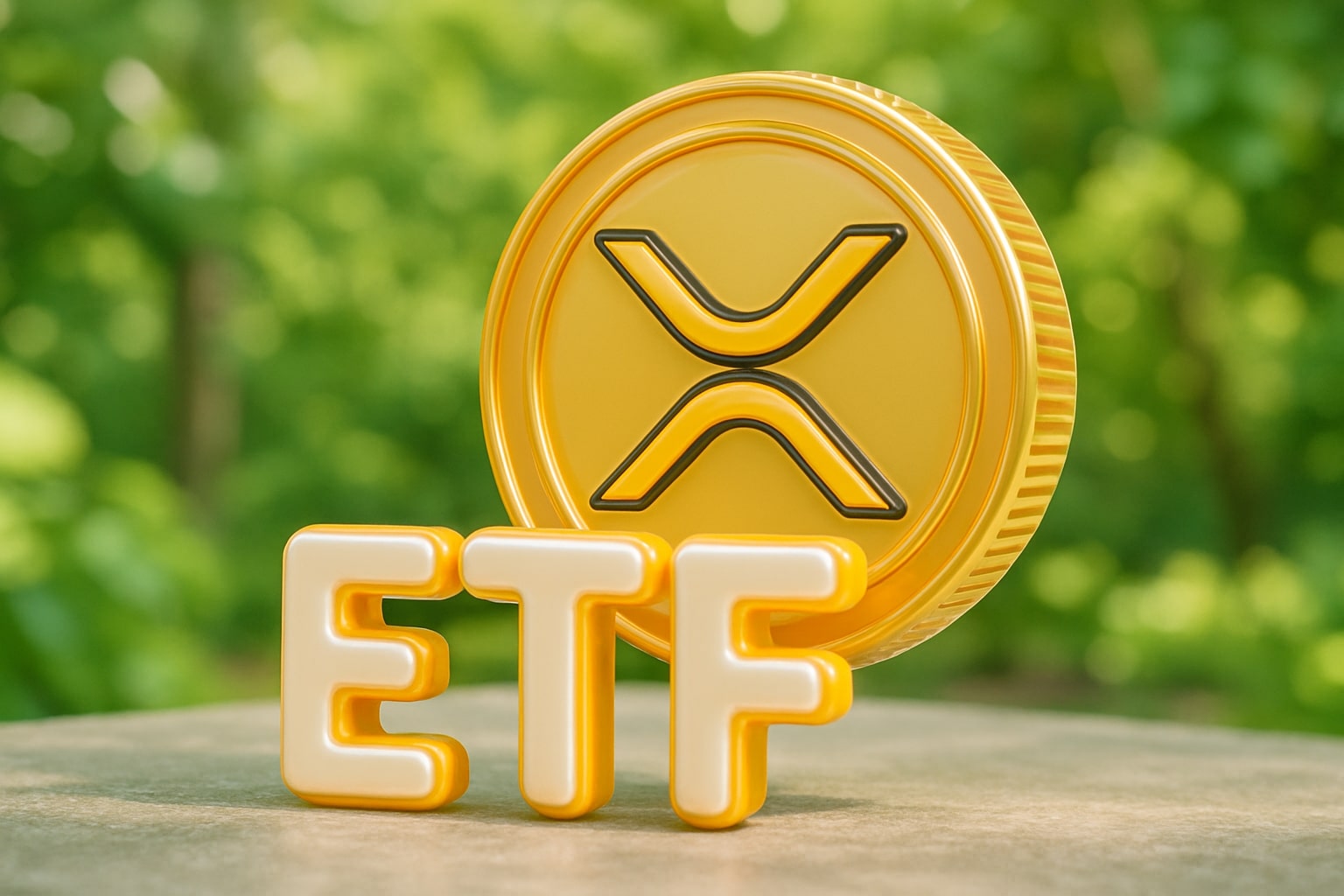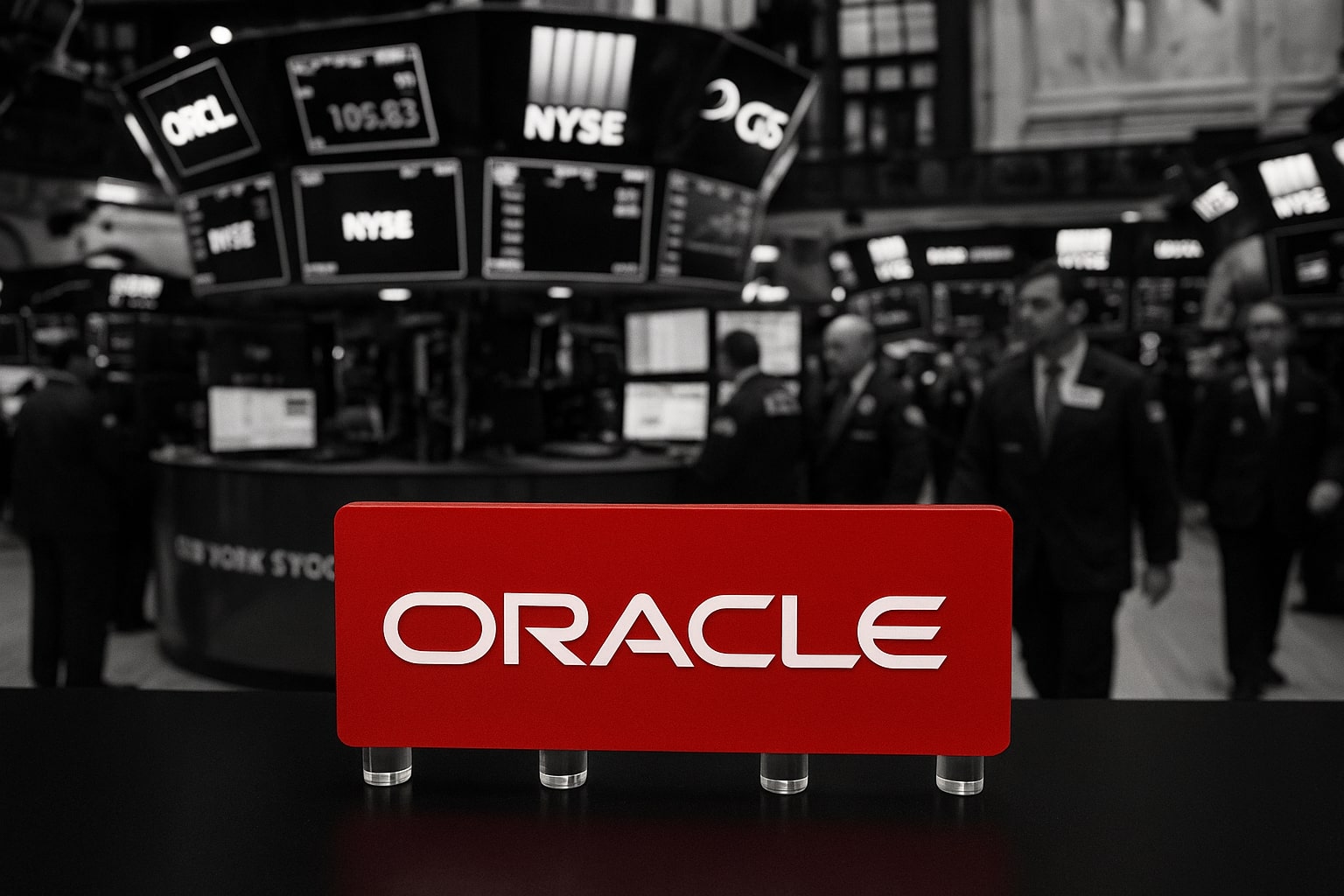
Oracle Stock Price Forecast - NYSE:ORCL Climbs to $291.59 as AI Expansion
With $455B in remaining performance obligations, Oracle pushes deeper into AI data centers while managing high leverage, record revenue growth, and cybersecurity challenges tied to Cl0p ransomware exploits | That's TradingNEWS
Oracle (NYSE:ORCL) Stock Extends 76% YTD Rally Amid Massive AI Infrastructure Drive
Oracle Corporation (NYSE:ORCL) has redefined its growth trajectory in 2025, with shares up 76.4% year-to-date, outperforming the S&P 500’s 14.6% return. The stock closed at $291.59, rising 1.9% on the day, and remains only 15% below its all-time high of $345.72. Oracle’s transformation into an AI-first cloud powerhouse has been marked by a surge in large-scale contracts and aggressive data-center financing that is reshaping its financial structure.
The company’s market capitalization stands at $838.93 billion, placing it behind Microsoft and Amazon in the global software infrastructure space. Oracle’s stock performance reflects not just optimism over AI and cloud demand but also investor confidence that its strategic debt-financed expansion can deliver a return comparable to tech megacaps like Microsoft (NASDAQ:MSFT), Amazon (NASDAQ:AMZN), and Alphabet (NASDAQ:GOOGL).
AI-Fueled Buildout: $455B in Backlog and $18B Debt Issuance to Finance Growth
Oracle’s AI ambitions are anchored by $455 billion in remaining performance obligations (RPO) — contracted revenue not yet delivered. This figure underscores record client demand across Oracle Cloud Infrastructure (OCI) and Fusion Cloud Applications, bolstered by partnerships with OpenAI, Meta, and xAI.
To finance this expansion, Oracle issued a $18 billion 40-year bond in September — one of the largest corporate debt sales in recent years. This issuance aims to fund a new wave of hyperscale data centers designed for AI and machine learning workloads. However, the move sharply elevated the company’s total debt to $111.6 billion, pushing its debt-to-equity ratio to 452.5%, one of the highest among U.S. tech majors.
Despite high leverage, Oracle’s leadership believes the infrastructure expansion will quickly monetize. According to internal forecasts, each new data center begins generating returns within weeks of activation, enabling near-term acceleration in revenue recognition.
Financial Health: Strong Margins but Negative Free Cash Flow Raises Red Flags
Oracle reported $59.02 billion in trailing twelve-month revenue, marking a 12.2% year-over-year increase, and a net income of $12.44 billion, equating to a 21.08% profit margin. Earnings per share stand at $4.32, with analysts projecting FY2026 EPS of $6.80 and FY2027 at $8.00 — a 17.7% YoY growth rate.
While the company’s operating cash flow sits at $21.5 billion, its levered free cash flow is negative $2.83 billion, signaling the heavy capital intensity of its AI buildout. Return on equity remains robust at 69.24%, but return on assets, at 7.15%, reflects the growing debt burden and fixed-cost structure tied to data center leasing.
Oracle’s price-to-earnings ratio (P/E) of 67.5x trailing and 42.2x forward implies the market continues to price in aggressive long-term AI monetization. The PEG ratio of 2.30 and price-to-sales multiple of 14.09x place Oracle ahead of infrastructure peers like Palantir Technologies (NASDAQ:PLTR) and CrowdStrike (NASDAQ:CRWD) in valuation terms.
AI Partnerships and Vendor Financing Reshape the Business Model
Oracle’s partnerships across the AI supply chain are expanding rapidly. The firm has reportedly explored leasing Nvidia (NASDAQ:NVDA) GPUs instead of outright purchases, allowing flexible capital deployment. This vendor-financing strategy mirrors those used by OpenAI and Microsoft, enabling Oracle to manage upfront cash constraints while securing critical AI compute capacity.
However, this approach introduces structural exposure: if demand for AI compute underperforms expectations, Oracle would still face heavy lease and interest obligations. Analysts, including Mizuho’s Siti Panigrahi, describe these financing challenges as “transitory rather than structural”, expecting Oracle to regain positive free cash flow once its AI facilities reach operational scale.
Mizuho, Bernstein, and RBC Reaffirm Confidence Ahead of Analyst Day
Analyst sentiment remains broadly bullish ahead of Oracle’s Financial Analyst Day on October 16. Mizuho reiterated its Outperform rating and $350 target, expecting the event to realign focus on long-term AI growth and margin expansion. Bernstein SocGen raised its target to $364, while RBC Capital maintained a Sector Perform rating with a $310 price target.
Mizuho forecasts Oracle will cross the $1 trillion market cap threshold by 2026, citing robust visibility into multi-year AI contracts and a potential $144 billion in Oracle Cloud Infrastructure (OCI) revenue by FY2030. Management is expected to announce updated guidance for operating margins and capital expenditures, with higher AI utilization rates supporting revenue per watt efficiency metrics.
Read More
-
QQQ ETF at $614 After a 123% Surge: AI, Rates and 2026 Targets In One Trade
12.12.2025 · TradingNEWS ArchiveStocks
-
XRP ETF Surge: XRPI $11.71 and XRPR $16.55 Track XRP’s $2 Floor and $1B Inflows
12.12.2025 · TradingNEWS ArchiveCrypto
-
Natural Gas Price Forecast: NG=F Clings to $4.12 Support After Weather Shock
12.12.2025 · TradingNEWS ArchiveCommodities
-
USD/JPY Price Forecast – Dollar to Yen Back at 156 as Fed Cut and BoJ Liftoff Collide
12.12.2025 · TradingNEWS ArchiveForex
Cybersecurity Challenges: Cl0p Exploits Oracle E-Business Suite
While the stock has rallied on AI optimism, Oracle faces mounting cybersecurity risks. A critical vulnerability (CVE-2025-61882) with a CVSS score of 9.8 was recently exploited by the Cl0p ransomware group, targeting Oracle’s E-Business Suite 12.2.x.
The flaw enabled unauthenticated remote code execution via HTTP, allowing attackers to gain control of Oracle Concurrent Processing components. The company’s emergency patch advisory urged immediate customer updates, as investigations by Google Mandiant revealed multiple breached accounts and ransom demands exceeding $50 million from affected organizations.
Though Oracle swiftly released a fix, the attacks highlight systemic risks tied to its expanding enterprise footprint. These cybersecurity incidents come at a critical juncture — just as Oracle expands into defense, healthcare, and financial verticals with high compliance requirements.
Technical Picture: Momentum Strong but Resistance Near $300 Remains Key
From a technical standpoint, ORCL has been trading in a strong uptrend since early 2025, with the 50-day moving average at $262.83 and the 200-day moving average at $194.01. The RSI sits near 68, reflecting strong momentum yet edging toward overbought conditions.
Immediate resistance is located at $296.68, with a breakout opening the path to $328–$345, near the previous record high. On the downside, support sits at $290.80, followed by $272.40 and $261.00 — the latter aligning with its 50-day EMA. Trading volumes have averaged 19.6 million shares, with insider ownership at 40.95% and institutional holdings at 44.5%, showing a balanced investor base between founder control and institutional oversight.
Insider activity remains light in Q3 2025, with no major sales or purchases disclosed in recent weeks according to the insider transaction log.
Oracle’s Valuation Premium Reflects Strategic AI Positioning, Not Speculation
Oracle’s trajectory resembles an AI-infrastructure pure play rather than a traditional software firm. With enterprise value-to-revenue of 15.55x and EV/EBITDA at 37.31x, Oracle trades at a valuation that implies investor confidence in sustained 20%+ top-line growth.
Comparatively, Microsoft trades around EV/EBITDA of 26x, Palantir at 35x, and CoreWeave — Oracle’s emerging AI rival — near 45x. The market’s willingness to assign Oracle a similar multiple underscores its credibility as a next-generation infrastructure provider.
AI Momentum Meets Execution Risk — But Oracle Is Positioned to Lead
Oracle’s next quarter will test its ability to convert contracted AI demand into recurring revenue amid macro uncertainty and rising cyber threats. The company’s upcoming earnings on December 8, 2025, are expected to deliver EPS of $1.63 on $16.18 billion revenue, up 11.2% YoY, while guidance for Q1 2026 could set the tone for whether Oracle sustains its momentum toward the $330.87 consensus target.
Given its revenue acceleration, expanding AI pipeline, and manageable though elevated leverage, Oracle’s positioning remains fundamentally strong. Yet execution risk around data center deployment and cybersecurity remains real.
Verdict: BUY (Bullish Bias)
Based on current valuation, operational momentum, and AI demand visibility, Oracle (NYSE:ORCL) warrants a Buy rating with a target range of $330–$350. The company’s rapid scale-up in AI infrastructure, record $455B RPO, and cross-sector cloud penetration justify its premium. While leverage and cybersecurity risks merit close monitoring, Oracle’s fundamentals point to continued upside as it evolves into a trillion-dollar AI infrastructure leader.














